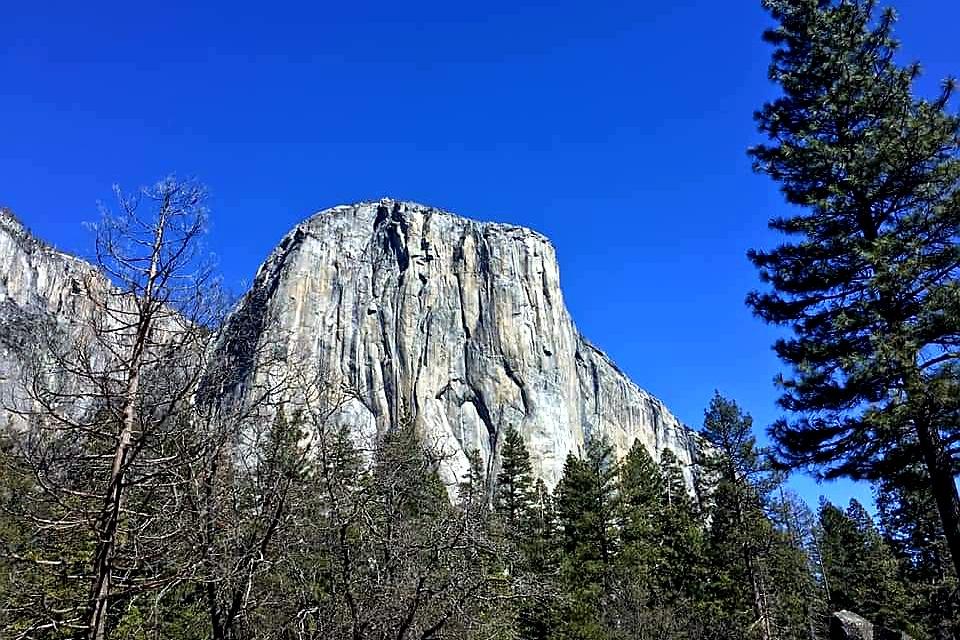
Over the past several years, plenty of consumer goods and personal care companies, including Johnson & Johnson, L’Oreal and Unilever, have pledged to stop or curb the use of plastic microbeads in their products. Nevertheless, years of consumers embracing exfoliation products, in addition to the the increased number of garments made with synthetic fabrics, have left a messy and potentially harmful legacy. While we generally associate the surge of microplastics with impacts on ocean health, it turns out other ecosystems are taking a hit, too.
Last week, a study in the journal Science concluded that microplastics are prolific in national parks and other public lands located across the western U.S. Led by a professor at Utah State University, the study involved the use of buckets to collect samples during days with and without any precipitation. The research team determined that days with rain or snow resulted in the collection of larger plastic particulates that were most likely from cities in close range of these U.S. parks. But it turned out that on days marked by dry weather, the microplastics found were far smaller than those accumulated during days of rain or snow, but the amount collected was far more numerous. The researchers’ analysis suggests that the microplastics likely traveled long distances before ending up in the parks.
The Utah State project builds upon many scientists’ beliefs that the use of microplastics is a global problem, even if some local regions and municipalities are more aggressive than others in decreasing the use of plastics. “Carried by the wind, dust particles from places such as the Sahara Desert can float halfway around the world before settling to the ground,” wrote Scientific American’s Scott Hershberger.
The problem should raise eyebrows as the researchers found that 132 particles per square mile a day are landing within national parks and other protected areas. Annually, that daily number accumulates to over 1,000 metric tons of microplastics settling across protected lands throughout the western U.S. “Plastics could be deposited, readmitted to the atmosphere, transported for some time, deposited and maybe picked up again,” Janice Brahney, the lead professor of this research project, told the Guardian. “And who knows how many times and who knows how far they’ve traveled?”
The study comes at a time when there’s heightened concern about the rising consumption of single-use plastics during the novel coronavirus pandemic and as the recreation industry is preparing for outdoor areas to reopen as much of the U.S. emerges from months of lockdown. Local groups have teamed up with public lands officials to do what they can to eliminate plastics from national parks (such as efforts within Yosemite National Park, shown above), but this report makes it clear the problem is much more global in scope.
Furthermore, these researchers’ conclusions about the spread of microplastics is a reminder that all industries have to lead and find ways to curb their plastic consumption. That goes for the outdoor recreation industry, which often basks in its ethos of environmental sustainability and responsibility. While this study concluded that clothing made out of synthetics is the largest contributor to microplastics shedding into our natural environment, camping equipment also has a role. The home improvement and personal care industries also make products that add to the growing microplastics problem.
Image credit: Leon Kaye

Leon Kaye has written for 3p since 2010 and become executive editor in 2018. His previous work includes writing for the Guardian as well as other online and print publications. In addition, he's worked in sales executive roles within technology and financial research companies, as well as for a public relations firm, for which he consulted with one of the globe’s leading sustainability initiatives. Currently living in Central California, he’s traveled to 70-plus countries and has lived and worked in South Korea, the United Arab Emirates and Uruguay.
Leon’s an alum of Fresno State, the University of Maryland, Baltimore County and the University of Southern California's Marshall Business School. He enjoys traveling abroad as well as exploring California’s Central Coast and the Sierra Nevadas.














